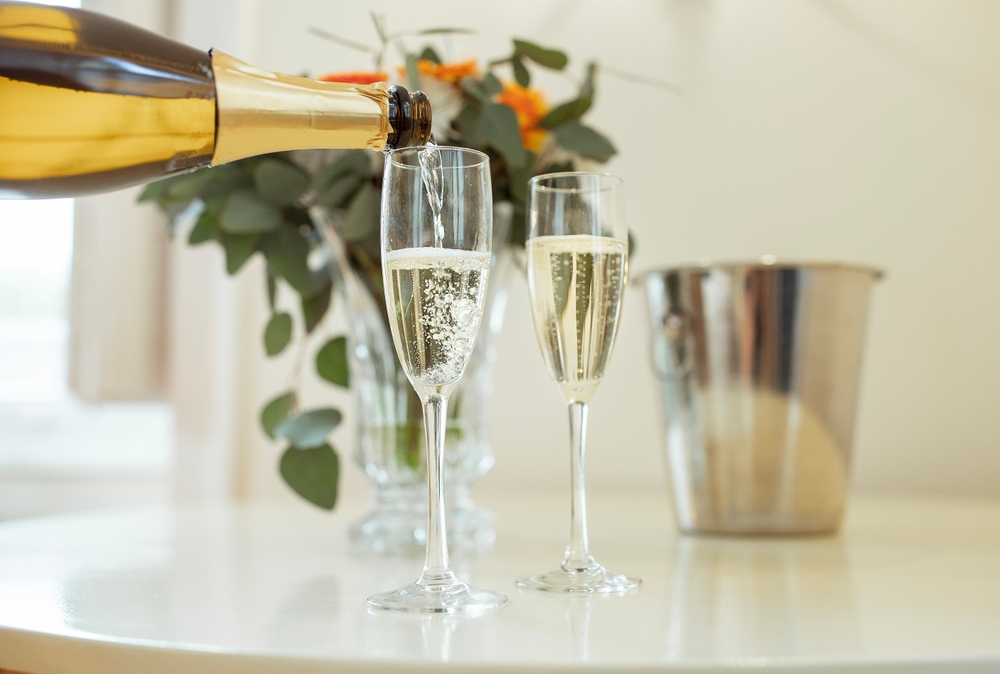If you have ever spent time looking for champagne glasses online, you’ll be familiar with the wide variety of styles that are available. From classic to contemporary, there is a champagne glass suitable for every occasion.
There is also a lot of science and history behind the humble champagne glass. Here are a few interesting facts that will change the way you view these glasses.
Differentiating between good-quality and great-quality champagne
A bottle of champagne will typically contain approximately 49 million bubbles, hence its “bubbly” nickname. If you want to make sure that you’re drinking a quality champagne, you should look at the size of the bubbles in your glass; the smaller they are, the better the quality of your drink.
You should also see a collaret, or bubble trains, on the sides of your glass. Champagne flutes have a slim, deep bowl and are perfect for visually demonstrating a quality wine. This is because you are clearly able to see the tiny bubbles as they rise to the top of the glass.
Champagne Glass Designs: Flutes, Coupes and Tulips
Interestingly, champagne can taste dramatically different depending on the size and shape of the glass it is drunk from. In addition to demonstrating the quality of the wine, champagne flutes also help to enhance the aroma and taste by regulating the amount of oxygen that can get inside the glass.
The champagne coupe has a particularly elegant and timeless feel to it. It was first designed in 1663 in England, but legend says that its signature shape was modelled on Marie Antoinette’s breast. When thinking of the shallow, saucer-shaped glass now, your mind might instantly think of old Hollywood, The Great Gatsby and elegant black-tie parties. It certainly has a unique aesthetic that really sets it apart from other designs.
If you want your champagne to stay as bubbly as possible for as long as possible however, a champagne flute or tulip is your best option. The narrow opening at the top of the glass allows the Champagne to retain its signature carbonation for longer. With these glasses, it is important to ensure that you only take small sips and really savour the taste and aroma. The bubbles help alcohol to enter the bloodstream, so if you don’t sip your champagne, you may quickly end up with a headache.
The original champagne flute was designed in the early 18th century, although many oenophiles demonstrate a preference for the tulip glass. The top of the glass is slightly wider, with the body of the glass flaring outward and forming an elegant curve. They believe that this form allows the drinker to fully experience the aroma of the champagne, ultimately enhancing the overall experience.
All champagne glasses have one thing in common: their stem. This allows the drinker to hold their glass without their body heat causing their drink to get too warm. Whatever design you choose, you can be confident that the drinking experience will be a positive one.











